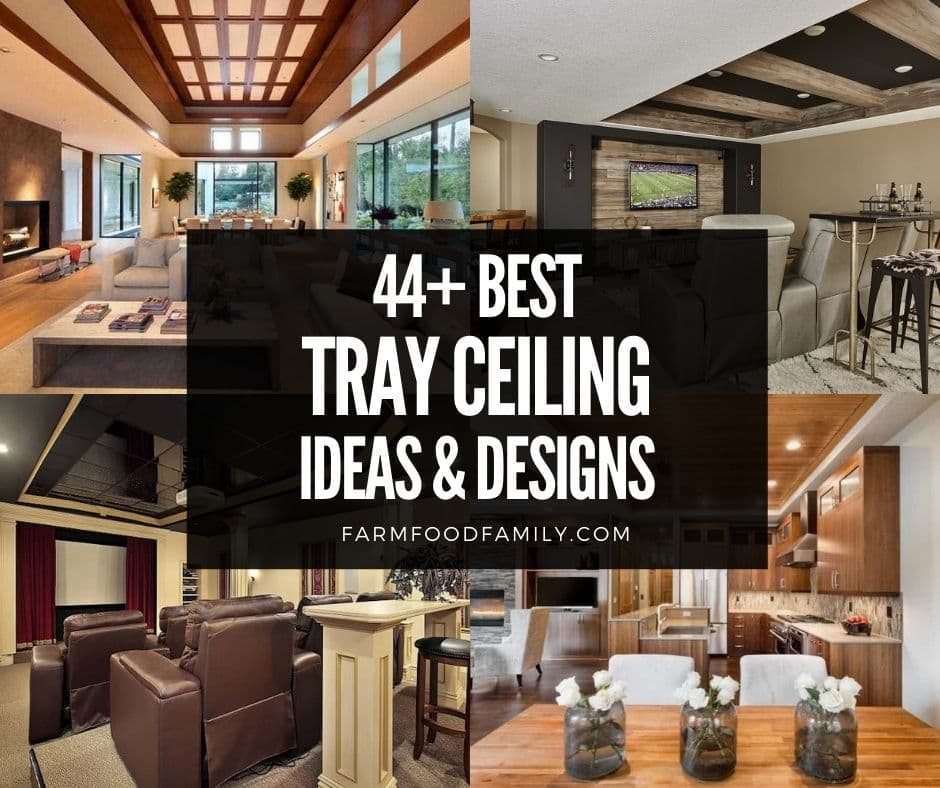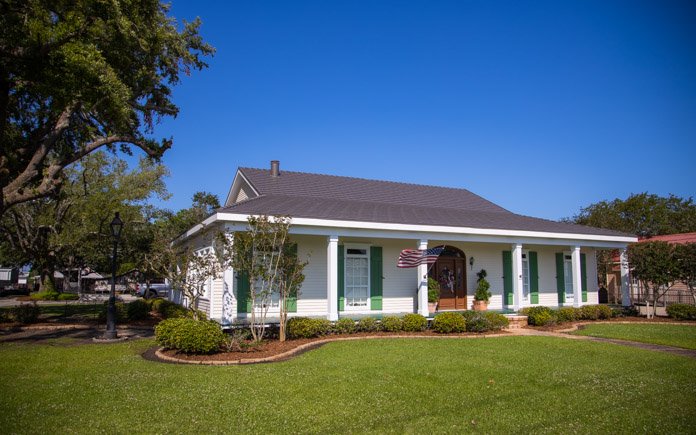
Homeowners’ increasing interest in metal roofing isn’t surprising. Metal is one of the most durable and attractive roofing materials.
However, despite its growing popularity, there are still plenty of misconceptions and confusion about modern metal roofs.
So, let’s take a detailed look at the many styles and key benefits of quality metal roofing, including why it just might be the perfect roof for your home.
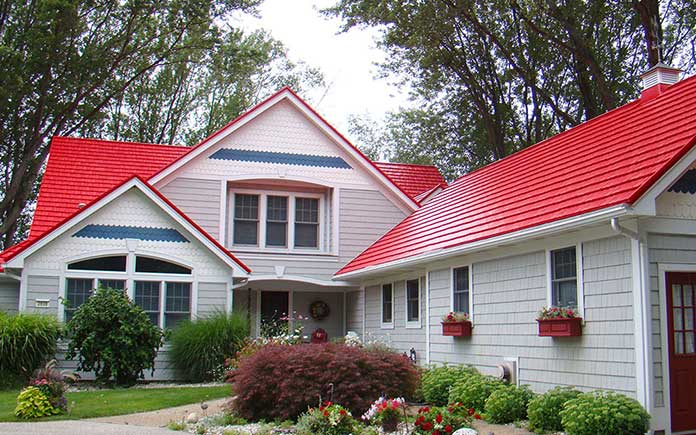
Stylish Options
You may be surprised to learn that metal roofing is available in of colors and styles to complement the architectural design of virtually any home.
Here are the five most common styles of metal roofing:
- Standing Seam: Features clean lines, is available in several widths and profiles, has waterproof seams that lock together, and is quick and easy to install. In some regions, standing seam is known as vertical seam roofing.
- Metal Shingles: metal shingles mimic the look of traditional asphalt shingles, but are much more durable and weather-resistant.
- Metal Shake: Stamped metal shakes have a thick profile and wood-grain texture that resembles wood shakes. However, unlike wood, metal shakes have a Class A fire rating and won’t swell, rot, crack or curl.
- Metal Slate: Stamped metal slate looks very much like natural slate tiles, but at a fraction of the cost. Plus, metal slate is much lighter, easier to install, and more resilient than real slate.
- Metal Tile: Traditional clay tile roofs are beautiful, yet extremely heavy. It’s easy to capture the architectural charm of clay tiles with metal roofing that mimics the same style is strong and durable,
Metal roofing is made from a variety of different materials, including hot-dipped galvanized steel, zinc, aluminum, copper, and aluminum-zinc alloy-coated steel, commonly known as Galvalume.
,
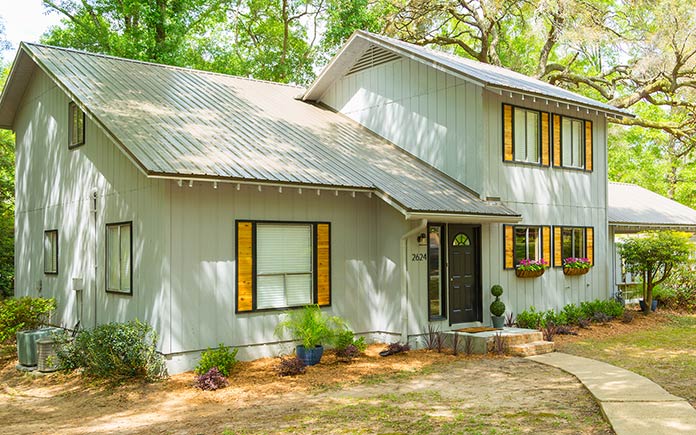
Unparalleled Performance
Here’s a brief look at the top 10 benefits of metal roofing:
- Durability: Metal roofs are highly resistant to rot, mold, mildew and termites. They are also extremely resilient to severe weather conditions including snow, hail, high winds, heavy rains and high heat.
- Long Life: Quality metal roofs can last up to 50-plus years, depending on the material. Asphalt roofing, on the other hand, typically needs to be replaced every 15-20 years or less, depending on the quality of the material.
- Fire Resistance: Every year, raging wildfires burn thousands of homes. etal roofs offer strong protection since they carry a Class A fire rating.
- Wind Resistance: A properly installed metal roof can withstand winds up to 140 MPH, which is equivalent to a Category 4 hurricane. And that’s why metal roofing is popular in hurricane- and tornado-prone regions.
- Energy Efficiency: Quality metal roofs reflect solar and infrared rays, which can help cut home cooling costs by as much as 25 percent.
- Noise: Despite a common misconception, metal roofs aren’t noisier than any other type of roofing during a heavy rainstorm or hailstorm, especially when the roof deck and attic are properly insulated.
- Increased Value: Homes with metal roofs typically sell for more money than homes with traditional roofing.
- Recyclable: Metal roofs are 100 percent recyclable at the end of their lifespan.
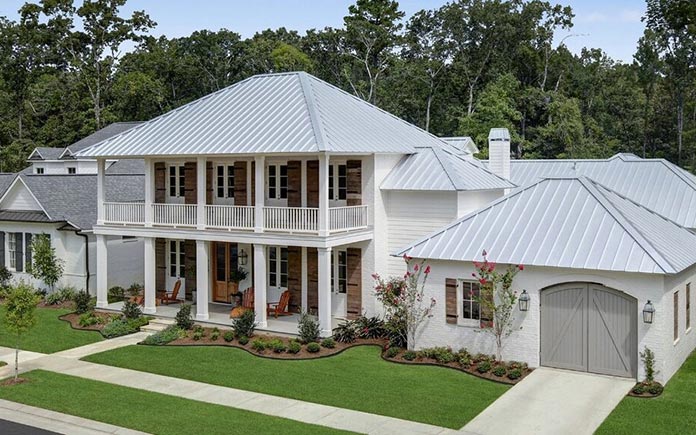
Final Considerations
For more details and to find answers to all your metal-roofing questions, get the free buyer’s guide from the Metal Roofing Alliance (MRA).
It includes tons of useful information to help you understand the best metal-roofing options for your region. You can even upload a photo of your home and see how different metal roofing designs will look with MRA’s visualizer.
Plus, the “Find a Professional” tool can help you find quality metal roofing contractors in your area.
So, dig into the resources here to help you put a great roof over your family’s head that will last for decades to come—and get ready to love your new metal roof.









